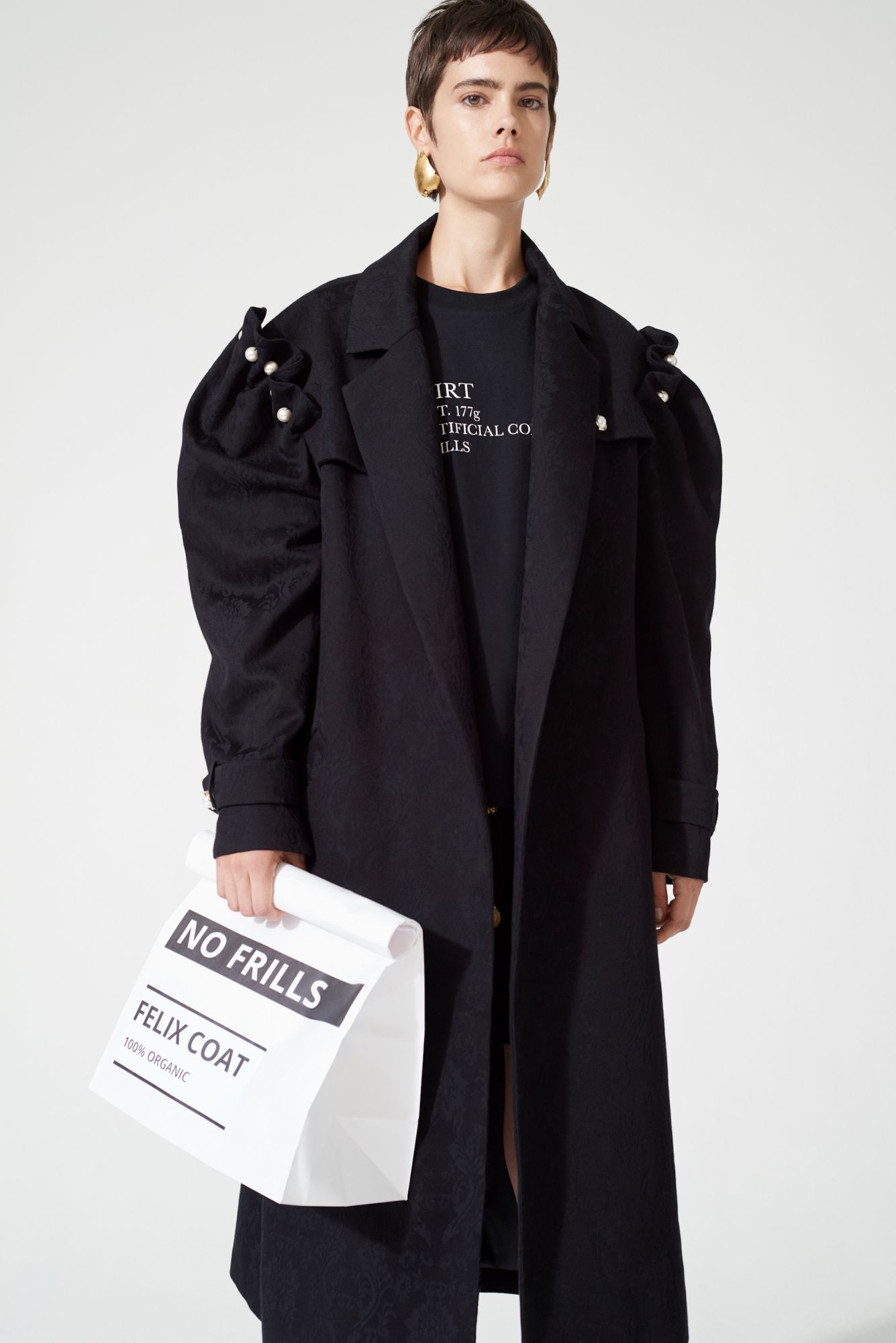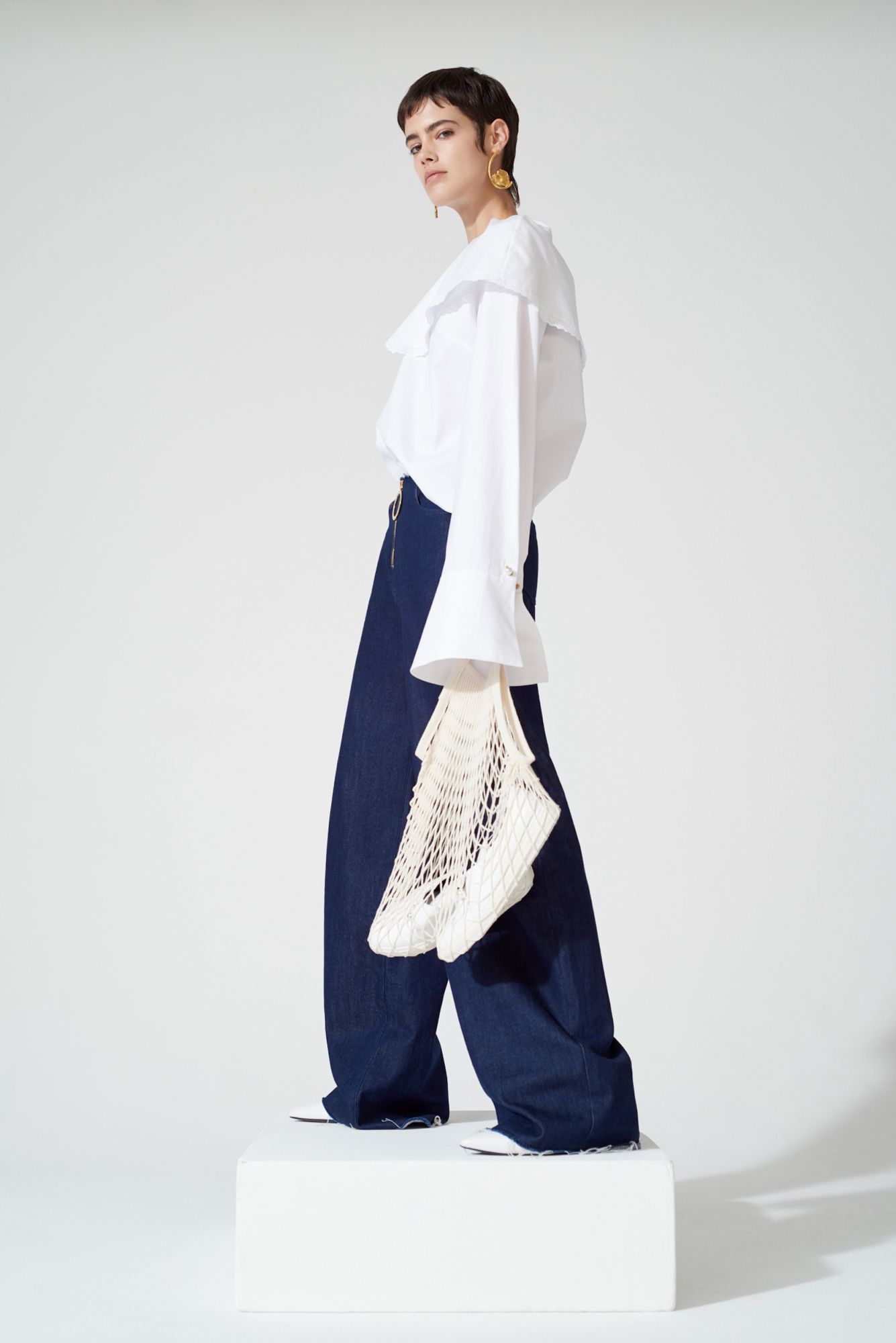
What sets Mother of Pearl apart from other sustainable fashion brands?
I think the main thing is that we have looked into all aspects of sustainability. We have tried to create a product that is organic, natural, socially and environmentally responsible, respectful to animals and which has a low carbon footprint.
Our new website allows you to filter all of our garments by our sustainable attributes to show transparency, so you can shop garments that tick every box, as well as garments that are on their journey to becoming better with just one or two attributes.
In your research for sustainable fabric and practices, is there a statistic that you found the most shocking?
The biggest shock statistic was that around 270,000 cotton pickers have committed suicide in the last 10 years. This is why organic and socially responsible cotton farming is so important, and why it's one of our attributes.
There is also a statistic that, typically, a garment will travel to an average of five countries before it reaches the hands of a consumer—some up to ten—making the carbon footprint rather large. There’s also an obscene amount of packaging that goes into each garment. I think the biggest issues are the amount of clothing getting burnt or thrown away after a few wears. Waste is an issue that consumers really need to be mindful of.
See also: Sarah Fung: How To Shop Sustainably



